“Is art resistance? Can you plant a garden to stop a war? It depends how you think about time. It depends what you think a seed does, if it’s tossed into fertile soil. But it seems to me that whatever else you do, it’s worth tending to paradise, however you define it and wherever it arises.”
Olivia Laing, re: Derek Jarman
In this, our inaugural Editors’ Corner, we recommend a few works for perusal that also provide artistic, philosophical, and inspirational backing for the concept of The Collective as a garden, a paradise, a hodge-podge of ideas and experiences, a conglomeration of realities, a mosaic, a wildness, if you will. Outside the bounds of what has been and growing, unbridled, toward what could be. You’ll see, too, how several of this issue’s articles weave through our corner and encapsulate many of The Collective’s founding ideas.
Enjoy!
READ
Derek Jarman’s Garden written by Derek Jarman with photographs by Howard Sooley (1995)
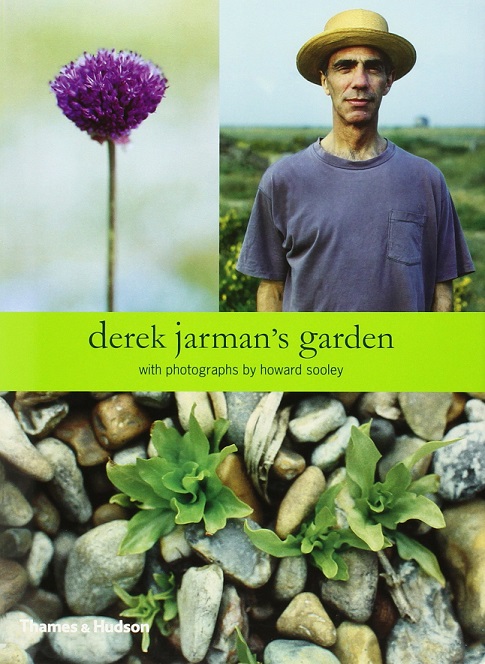
Maybe Derek Jarman is the patron saint of The Collective. Maybe we like that he shows us what it means to build paradise in situations where thriving seems unlikely. Maybe we’re drawn to him because he is, as Olivia Laing writes, “the most political nature writer.” Maybe we just appreciate really fine creative work, which is exactly what this artist/filmmaker/writer/gardener offered in his short, brimful life.
Since we stumbled on Jarman’s writing this summer, his ideas have guided our thinking about the transformative potential in this community and publication. We both devoured his book Derek Jarman’s Garden in one sitting, arrested by its gorgeous interplay of words and photographs, the symphony within the flowers’ images and names. Jarman envelops readers in the sense of timelessness that was his garden in isolated Dungeness, the cycles of flowers and animal visitors, and the underlying sense of urgency and acceptance of his own impending death. Written just prior to his passing from AIDS in 1994, this book foregrounds Jarman’s struggle with mortality — not just in terms of his own slow waning of life but in an existential sense, provoked by the mass death of his friends and loved ones. “Is there nothing but mortality?” he asks in a lengthy poem. To cope — no, to live — Jarman made this garden and immersed himself in it, lived as much in the world as possible. His book is generous with this feeling — peaceful, in the present moment.
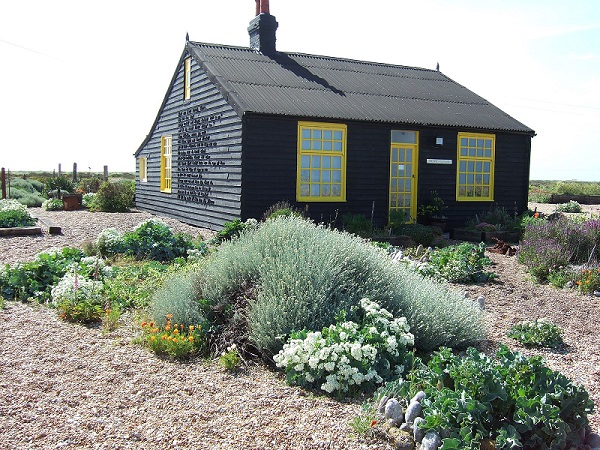
What does it mean to grow wildness? Or, rather, to allow wildness to grow? Jarman’s wildness sure wasn’t the plain green front yard to which so many of us are accustomed. “Lawns, it seems to me,” he writes, “are against nature, barren and often threadbare — the enemy of a good garden. For the same trouble as mowing, you could have a year’s vegetables . . . wouldn’t that beautify the land and save us from the garden terrorism that prevails?” For Jarman, gardens (especially “shaggy” ones) could be practical and natural and, by extension, paradise.
As nature lovers and aspiring gardeners, we both are inspired, after experiencing this beautiful book, to create literal wildnesses of our own. Beyond the tangible benefits of such gardens for our environment, what happens if we carry Jarman’s literal meaning into a metaphorical place? What in our world is the plain green lawn, and what is the wildness? What deserves to be dug up, replanted, overgrown, tended to?
Of his garden, Jarman wrote: “You see it is a rather wild garden. . . I would like anyone who reads my book to try this wildness in a corner. It will bring you much happiness.”
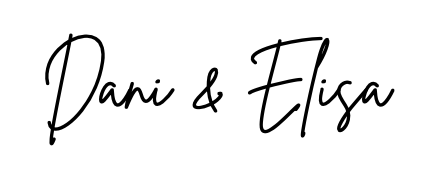
Never in a Hurry: Essays on People and Places by Naomi Shihab Nye (1996)
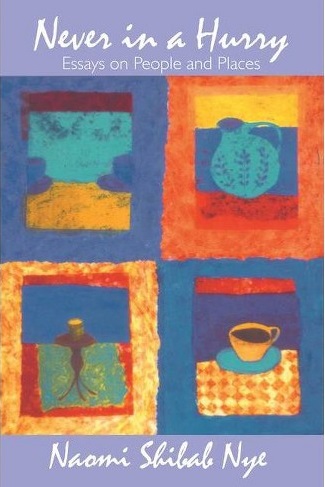
This was the first book I read during COVID lockdown in March 2020. A gift from my mother, it was exactly what I needed in that moment of global and personal panic, its artful blend of clarity and freedom, spacious storytelling, and emphasis on thoughtful passing of time a salve for the psychological wreck that was Dani-post-evacuation-from-Bulgaria. From her childhood as the daughter of a Palestinian refugee in the US and her adolescence in Jerusalem to her adult life in a Mexican-American neighborhood in San Antonio, and all the world-seeing in between, Nye spins a truly global tale of the things that happen to us, the characters we meet, the ways we grow — the distinct legacies and cultural bridges that constitute our realities.
In the spirit of The Collective, I recommend this masterfully bound hodge-podge of writings which encourage us to be open to believing in human experience as inevitably and infinitely diverse. To grasp the impotence of the boxes we cram each other into and their unerring inability to capture nuance. To live in a way that expects goodness from those around us — but no, even goodness is still too charged, too judgmental, too bound up with culturally-ascribed “shoulds”. . . Nye’s stories expect others simply to be human, to be valid, to have complicated and legitimate inner lives. I’ve recently come across several businesses — namely an Ohio brewery and an Airbnb-alternative rental company — called Sonder, an unconventional term defined in The Dictionary of Obscure Sorrows as “the realization that each random passerby is living a life as vivid and complex as your own.” As delightful as the word is (and despite being served one of the most delicious Märzen lagers I’ve ever had), I roll my eyes at the irony that it has been co-opted in weird ways by capitalism before humanity has grasped the concept’s meaning, worth, and functionality on any scale that matters. The reality is, and Nye’s book gets at this, that sonder, when taken as a worldview, can literally change our lives and the lives of those around us.
Besides that, I follow Nye on Instagram (@nshihab2018), like the proper fangirl I am, and was pleased to learn she is a great “Food Not Lawns” advocate. It checks out. I’d like to think she & Jarman would get along.

WATCH
The Music of Strangers: Yo-Yo Ma & the Silk Road Ensemble (2015 Documentary)
If you’re ever wondering if making art truly matters, watching this documentary might give you some answers — or, at the very least, a ton of inspiration. Besides showing how the Silk Road Ensemble came to be, the film also goes far beyond that to discuss culture, identity, East vs. West, and the very meaning of art. Thematically, the piece also serendipitously aligns with our mission and philosophical beliefs at The Collective; both the documentary and the ensemble seek to break down barriers, defy genres, seek truth and meaning through art, and create a community of musicians and artists through a mosaic of people and ideas.
I watched this a couple years ago on a bright, Sunday afternoon, and it was the first film I thought of to recommend to The Collective. It opened up new ways of thinking about art and left me feeling not only hopeful about the power of community music-making but joyful to be alive. It would be difficult not to feel this way listening to the incredible music and learning the remarkable stories of these extraordinary people. Writing about it makes me want to watch it all over again.
A Collective connection: check out this video made by our very own first-issue writer Chloe Chung for the Silk Road’s (Virtual) Global Musicians Workshop!
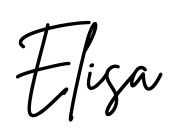
LISTEN
The Goat Rodeo Sessions Yo-Yo Ma, Stuart Duncan, Edgar Meyer, Chris Thile (2011 Album)
When Elisa told me she wanted to recommend The Music of Strangers, I couldn’t resist plugging The Goat Rodeo Sessions, a kick-ass alt-music collab album between Yo-Yo Ma and three fellow string masters, fiddler Stuart Duncan, bassist Edgar Meyer, and mandolinist Chris Thile. As one might expect, Urban Dictionary offers a variety of entertaining definitions of goat rodeo, the simplest and least profane of which is: “a chaotic situation, often one that involves several people.” Yo-Yo Ma described goat rodeo in a 2020 interview: “If there were forks in the road and each time there was a fork, the right decision was made, then you get to a goat rodeo.” Sounds like “wildness” to me. Honestly a great term for an elite group of musical craftsmen having a silly time recording some beautiful, genre-exploding original music.
Side note: Was I surprised they released a follow-up album last year (2020) called “Not Our First Goat Rodeo”? Not a bit, but I love it.
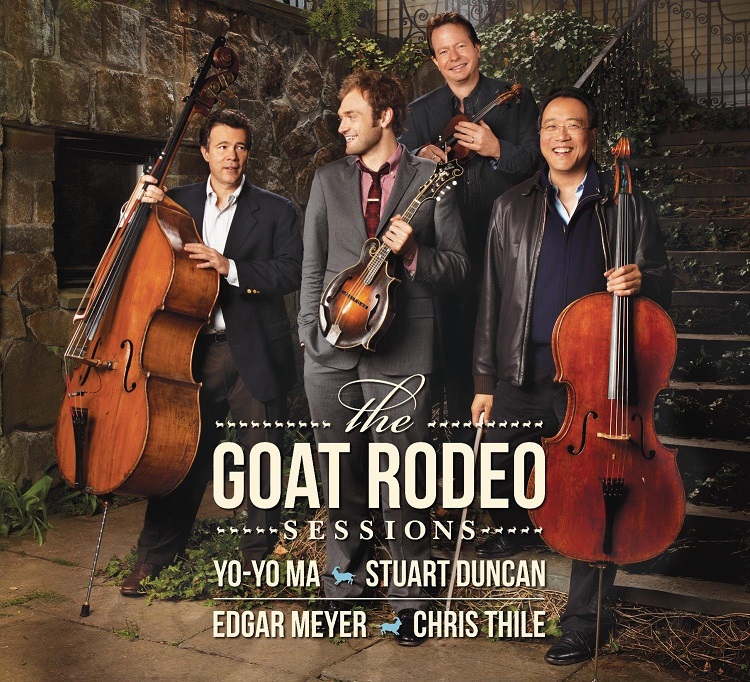
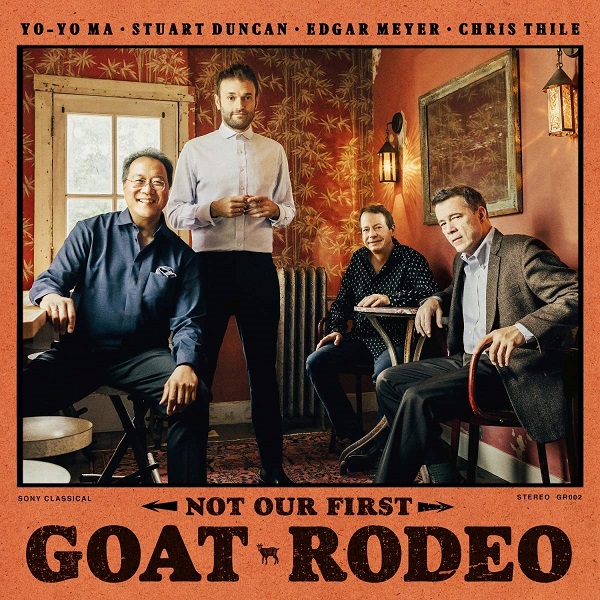
Certainly, both albums drip with inspired writing and virtuosic performing throughout, but for me, it’s the opening track of their first recording, “Attaboy” — that aural delicacy, that heavenly, euphoric bop — that truly slaps. If the folksy licks and sassy syncs aren’t enough to make your heart burst in their sounding form alone, this studio performance offers much in the way of visual zest, not to mention incredible inter-performer chemistry — eye locks, fingerboard close-ups, head bobs, full-body jam-outs. And if that’s not collective effervescence, I don’t know what is. (If you doubt me, watch the video and wait for the breakdown around 2:30).

Late Stage Capitalism Jeremy Messersmith (2018 Album)
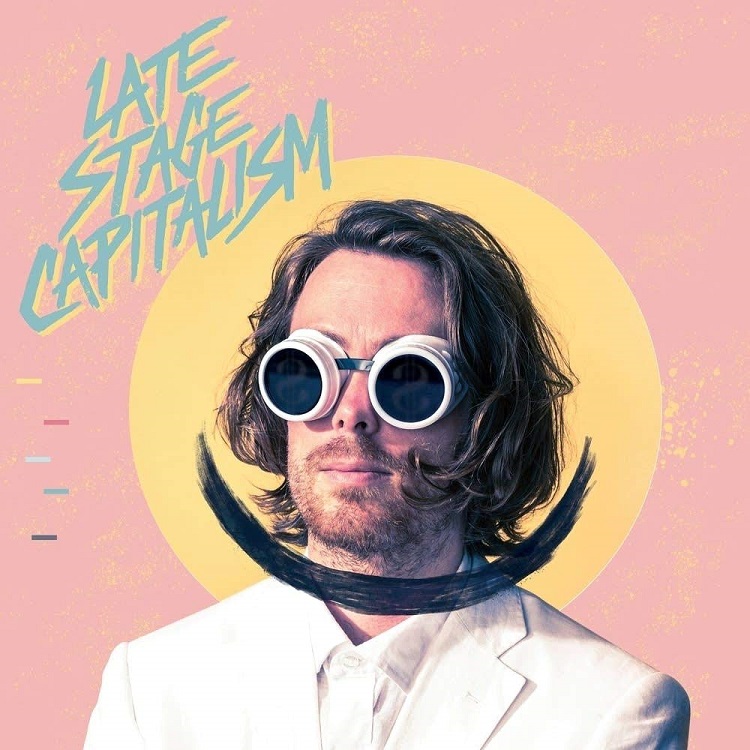
In Late Stage Capitalism, his fifth full-length album, Jeremy Messersmith delivers clever and biting critique of the depressing social issues pervading contemporary life, ranging from modern romance to environmental dangers and economic strife. However, the album is far from depressing; rather it manages to strike a bizarrely comforting note. The pop rock album draws inspiration from the 50s-70s (listeners will recognize influences by The Beatles, The Beach Boys, and Cat Stevens, among many others), and the style of the uplifting instrumentation, harmonies, and melodies lends a safety to the otherwise cynical subject matter. The juxtaposition of the nostalgic musical style and ingenious lyrics will make you reflect, laugh, and feel a sense of solidarity: someone else gets it. In a nuanced way, he pinpoints exactly the perils of capitalism: disassociation in an overly connected virtual world, the inequitable power of the wealthy, the meaningless focus on materialism and money, and the ravaging of our natural world.
Two of my favorite songs, “Happy” and “Once you Get to Know Us,” shift the perspective. “Happy,” as the album cover art depicts, presents individuals as products; as the lyrics say, “Everything that I own, owns a piece of me.” And “Once you Get to Know Us” sardonically imagines trying to sell the Earth, as a piece of real estate, to aliens: “We’re far from perfect; we spend a lot of time inventing ways to kill each other; Still, we think you’ll find a lot to love, once you get to know us.”
Musically, the album is a delightful smorgasbord, inviting you to identify every influence, and lyrically the album is thoughtful, critical, and surprisingly amusing. While so much of art falls short of actually providing critique (Jarman rightfully asserts in his garden book that even the most “well-intentioned” art fails to “turn the tragedy beyond the domestic”), Messersmith’s album instead shines. Though three years old, the album is still completely relevant and, during the isolation of the pandemic, has been a welcome and therapeutic addition to my listening collection.

Whatever your taste, consider this your invitation to take a reading break, spend six minutes in silent (sound-filled) indulgence, let yourself dance around your well-worn lockdown space (or at least tap your toes for God’s sake), and next time you pick up your instrument, if that’s a thing you do, find some wildness.
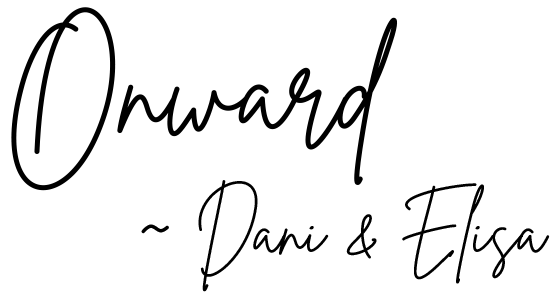
Articles in this issue:
- Featured Article: Performing We need each other: How collective music-making brings us to life by Lauryn Gould
- Bridges ghOstMiSt’s trails of indigeneity by Putu Tangkas Adi Hiranmayena
- Ethics Why your legacy doesn’t matter, according to the Buddha by Vijay M. Rajan
- Learning Sydney lockdown 2.0: Three drawings and reflections by Chloe Chung
- Materials Towards a materialist theology of music. And imploding universals. by Ian Nutting
- Movement There really is another way by Jill Burlingame Tsekouras
- Politics The Green Knight makes us feel good about race, but at what cost? by Andrew Bethke
- Nugget September 2021: Debut Issue by Contributing Writers
Thanks for joining us here in our corner and for reading The Collective’s debut issue! We look forward to seeing you in two months for the next one.
Until then, happy reading / watching / listening!
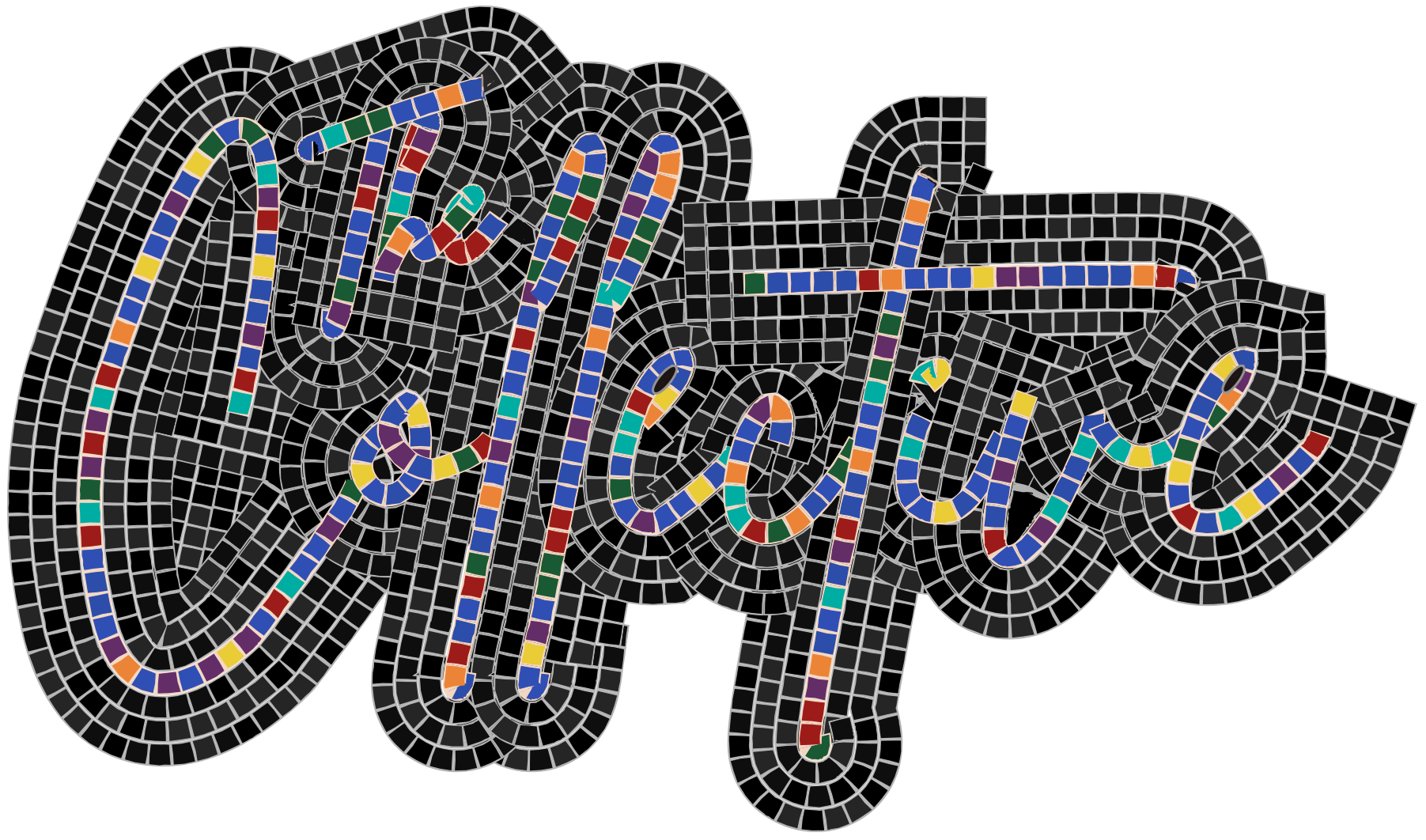
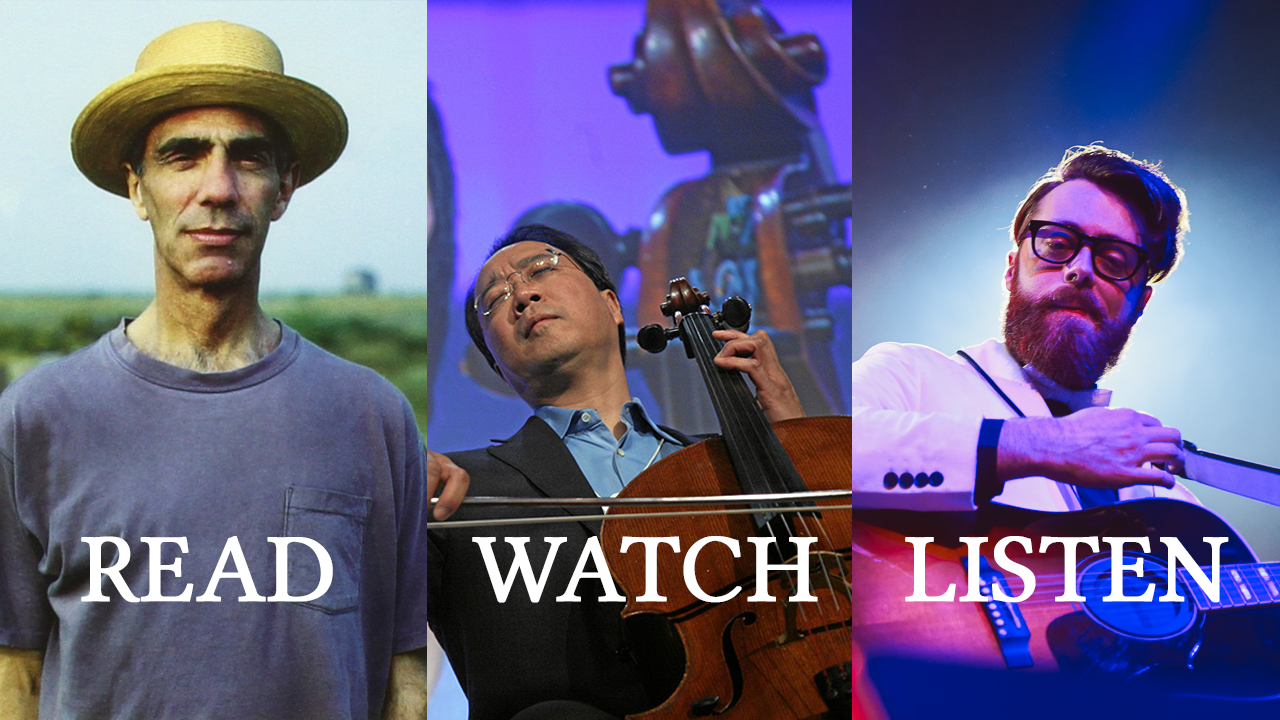
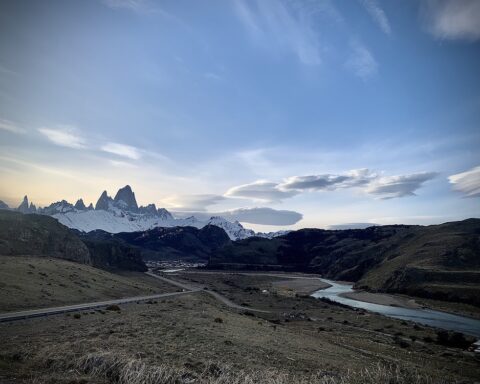
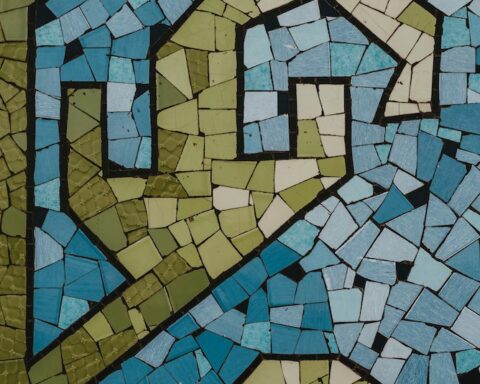
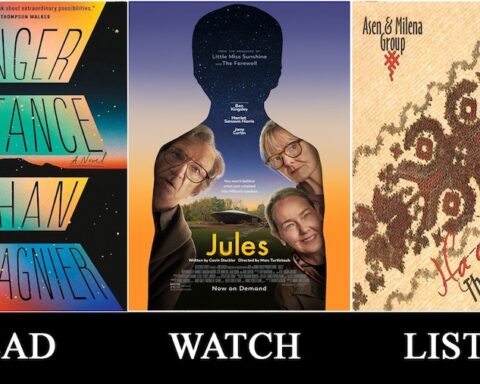
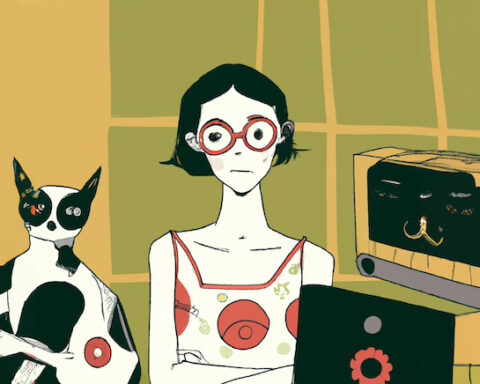
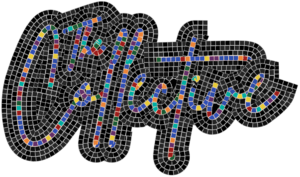
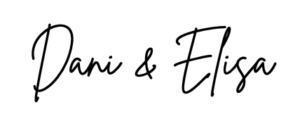
This whole website is absolutely amazing and should win an award! I have spent hours reading and perusing…. Thank you for all of the “searching” that you are doing to find thought-provoking material for artists, and EVERYONE, to digest. With gratitude, Adah Jones
Thank you so much for this comment, Dr. Jones! We are truly honored by your feedback and so happy to hear that you’ve enjoyed perusing the articles & recommendations in our debut issue 🙂 We are lucky to have so many fantastic artist-thinkers on board at The Collective. Lots more to come in our second issue (releasing Nov 24th)!